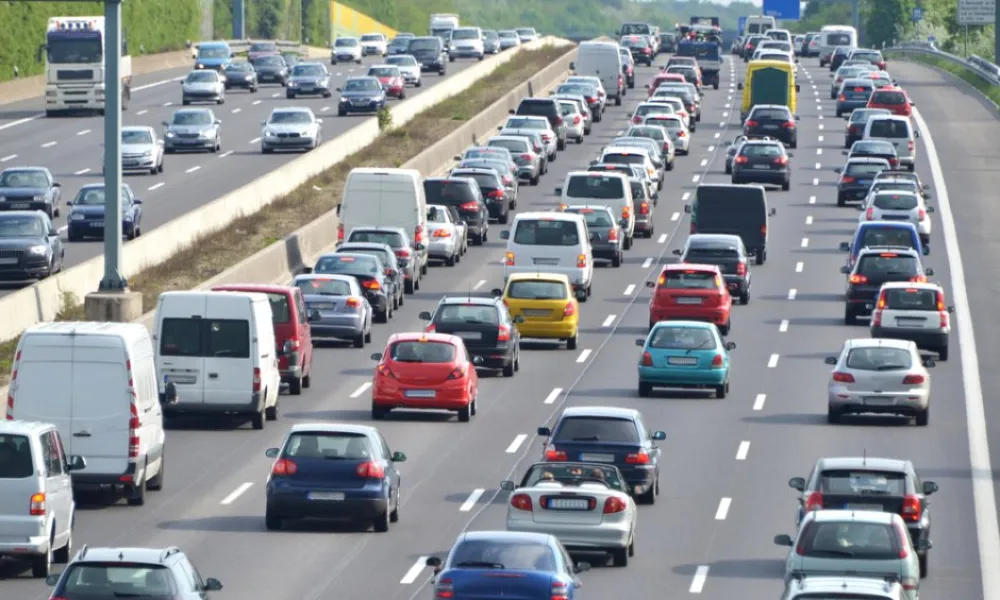The European Parliament has voted through a landmark reform of the EU’s driving licence rules, marking one of the biggest shake-ups in decades. The new measures aim to make Europe’s roads safer, modernise driver training, and adapt to a future of smarter, greener mobility.
Every year, around 20,000 people die in road accidents across the EU. Lawmakers say the updated rules are designed to tackle that grim toll while keeping pace with digital technology and evolving driving habits.
Once published in the Official Journal of the European Union, the directive will take effect 20 days later. Member states will then have three years to update their laws, plus an extra year to prepare for full implementation.
Stronger Focus on Road Safety and Driver Education
Driver education across the EU is about to get a major upgrade.
Future drivers will be tested on new safety topics, including:
-
Blind spot risks
-
How to use driver-assistance systems
-
The safe way to open car doors (to avoid injuring cyclists or pedestrians)
-
The dangers of using a mobile phone while driving
Training will also put more emphasis on protecting vulnerable road users such as children, cyclists, and pedestrians, a shift lawmakers hope will encourage safer, more considerate driving.
New Rules on Licence Duration and Health Checks
The new EU rules will harmonise how long driving licences remain valid:
-
15 years for car and motorcycle licences
-
5 years for lorry and bus licences
Drivers over 65 may face more frequent medical checks or refresher training, depending on national laws.
Before a licence is issued or renewed, drivers will undergo vision and cardiovascular health checks. However, countries can choose alternative or self-assessment systems for non-professional drivers.
Trial Period for New Drivers
For the first time, new drivers across the EU will face a two-year probation period.
During this time, they’ll have to follow stricter rules on alcohol consumption, seatbelt use, and child safety.
Teenagers will be able to obtain a Category B (car) licence at 17, but must drive under supervision until turning 18.
To tackle the growing shortage of professional drivers, the reform also lowers age limits for commercial licences:
-
18 years old for truck licences (Category C)
-
21 years old for bus licences (Category D),
if the applicant holds a professional competence certificate.
Driving Goes Digital
A key part of the reform is the introduction of a digital driving licence, stored on a smartphone and valid across the EU.
Drivers will still be able to request a physical card, which must be issued within three weeks and without unnecessary delay.
Officials say the digital licence will make it easier to replace lost documents, verify identity abroad, and share information securely between EU countries.
One Licence, One Europe: Cross-Border Enforcement
The new rules also create a common EU system for suspending or withdrawing driving licences.
If a driver’s licence is revoked in one EU country, for drink or drug driving, causing a fatal crash, or severe speeding, that suspension will now apply across all member states.
The aim is to close a loophole that allowed offenders to continue driving simply by crossing a border.
Lawmakers’ Reactions
Jutta Paulus (Greens, Germany), rapporteur on the driving licence reform, said:
“By 2030, the new directive will introduce digital licences while keeping the freedom to choose a physical one. Enhanced driver training will make our streets safer for pedestrians and cyclists.”
Matteo Ricci (Socialists, Italy), rapporteur on licence suspensions, added:
“Today we’ve taken an important step toward stronger road safety. Clearer, faster procedures for suspensions mean better protection for everyone, and, ultimately, more lives saved.”
Towards Vision Zero
The overhaul forms part of the EU’s Road Safety Strategy, which aims for zero road deaths by 2050, the so-called Vision Zero.
With modernised training, digital tools, and stricter enforcement, Brussels hopes to make Europe’s roads the safest in the world.
